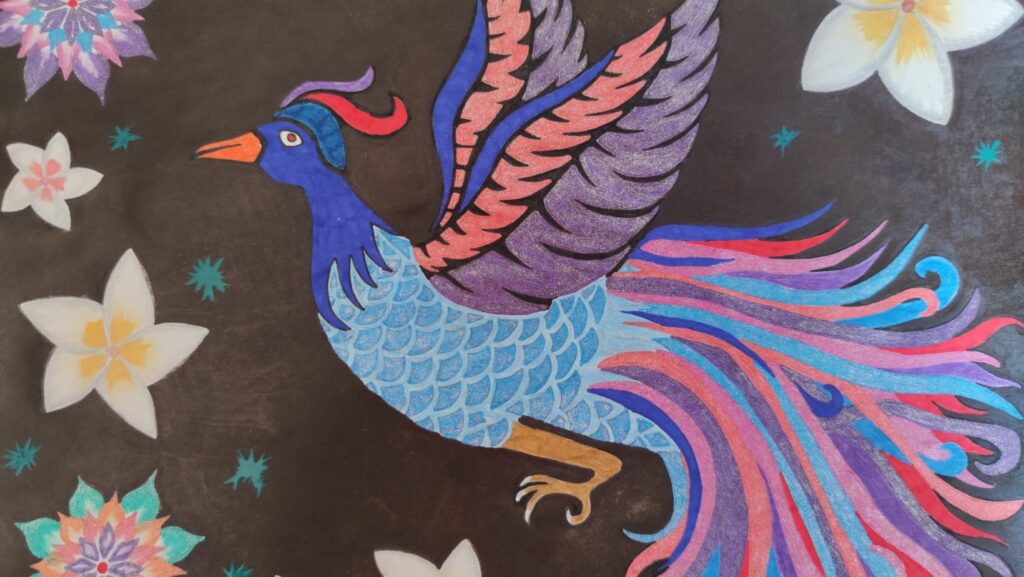Drawing birds can be a delightful and rewarding artistic endeavor, capturing the elegance and grace of these feathered creatures. Whether it’s the vibrant plumage of a tropical parrot or the subtle hues of a sparrow, artists find endless inspiration in their avian subjects and car depreciation. With the right techniques and a keen eye for detail, anyone can bring these winged wonders to life on paper.
In the digital age, resources for learning how to draw birds have never been more accessible. From online tutorials to step-by-step guides, aspiring artists have a wealth of information at their fingertips. This article delves into the essential tips and tricks for creating lifelike bird drawings, helping artists of all levels enhance their skills and express their creativity.
Drawing:5imhdjgxuha= Bird
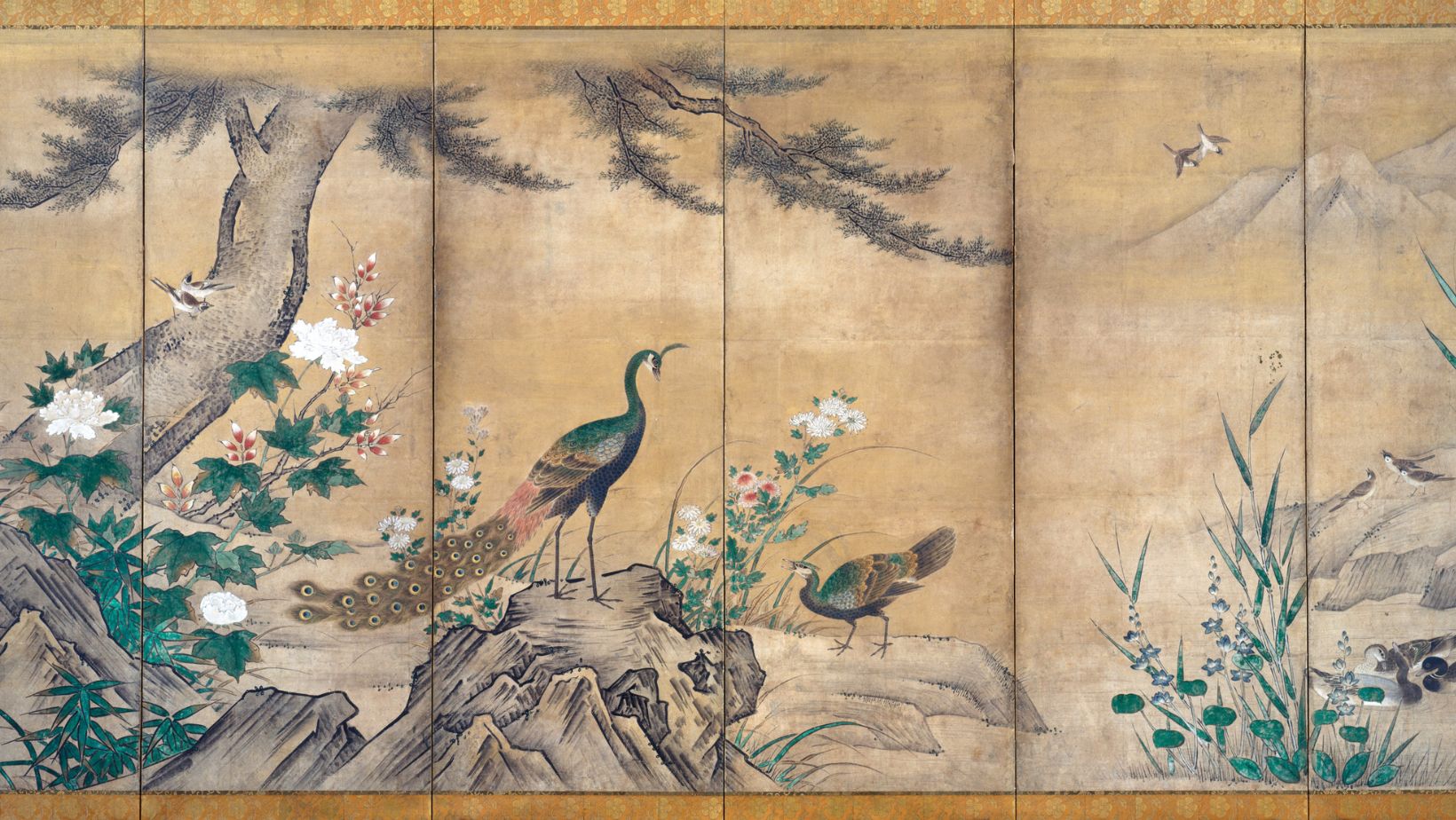 Artists find inspiration by drawing birds, melding creativity with nature’s wonders. This pursuit blends various techniques within art forms. Varying lines and textures capture the bird’s essence, emphasizing distinct features like feathers and beaks. Artists explore movements and postures to maintain dynamism in their work. Online platforms offer numerous resources, aiding artists in mastering anatomy and depth, enhancing precision in their drawings.
Artists find inspiration by drawing birds, melding creativity with nature’s wonders. This pursuit blends various techniques within art forms. Varying lines and textures capture the bird’s essence, emphasizing distinct features like feathers and beaks. Artists explore movements and postures to maintain dynamism in their work. Online platforms offer numerous resources, aiding artists in mastering anatomy and depth, enhancing precision in their drawings.
To achieve realism, artists integrate shading techniques for depth and vitality. They incorporate background elements harmoniously, placing the bird within a natural setting. Sketching live birds poses challenges due to constant motion, yet artists thrive by practicing gesture drawing, quickly capturing basic shapes and movements.
Experimentation with materials leads to richer textures and styles, whether using graphite, pastels, or digital tools. Moreover, staying informed about avian subjects enables inclusion of characteristic behaviors and patterns, enriching the final piece. By engaging in this artistic journey, artists cultivate their skills while celebrating the natural world.
The Artistry Behind Drawing:5imhdjgxuha= Bird
Techniques Used in the Drawing
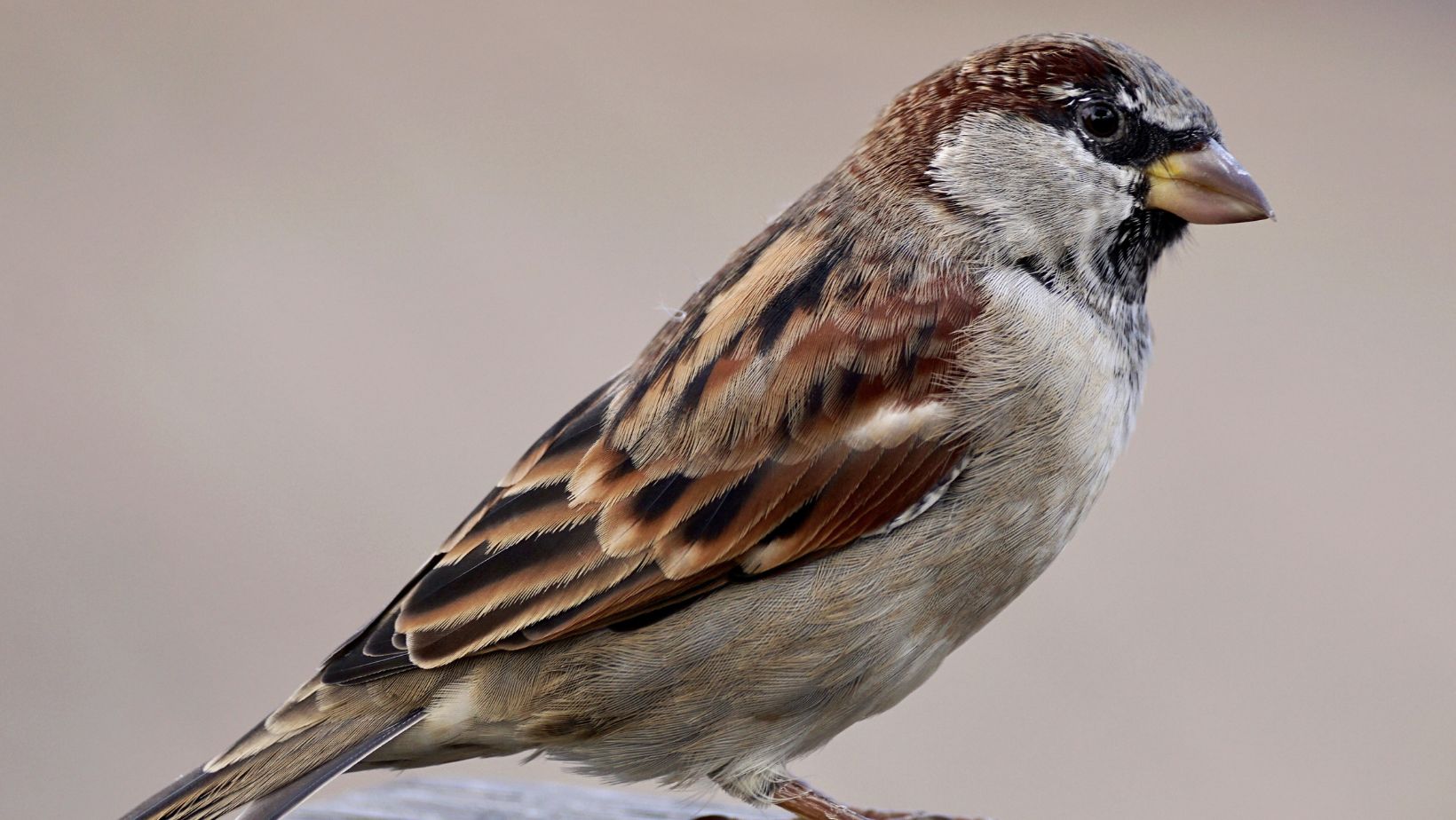 Artists implement various techniques to bring the bird to life. They use contour drawing to define edges clearly, enhancing the bird’s distinct form. Feather detailing is achieved with short, directional strokes for texture. Layered shading adds depth and volume, using gradients to simulate light and shadow play. Gesture drawing captures movement, offering dynamism and liveliness. Each method contributes to a harmonious, lifelike depiction of the bird.
Artists implement various techniques to bring the bird to life. They use contour drawing to define edges clearly, enhancing the bird’s distinct form. Feather detailing is achieved with short, directional strokes for texture. Layered shading adds depth and volume, using gradients to simulate light and shadow play. Gesture drawing captures movement, offering dynamism and liveliness. Each method contributes to a harmonious, lifelike depiction of the bird.
Materials and Tools Required
Creating drawing:5imhdjgxuha= bird demands specific materials and tools. Graphite pencils offer precision for detailed work, while colored pencils or watercolors bring vibrancy. Artists might use smooth paper for subtle shading effects or textured paper to enhance tactile quality. Erasers allow for corrections and highlight creation.
Analyzing the Style and Composition
Color Schemes and Patterns
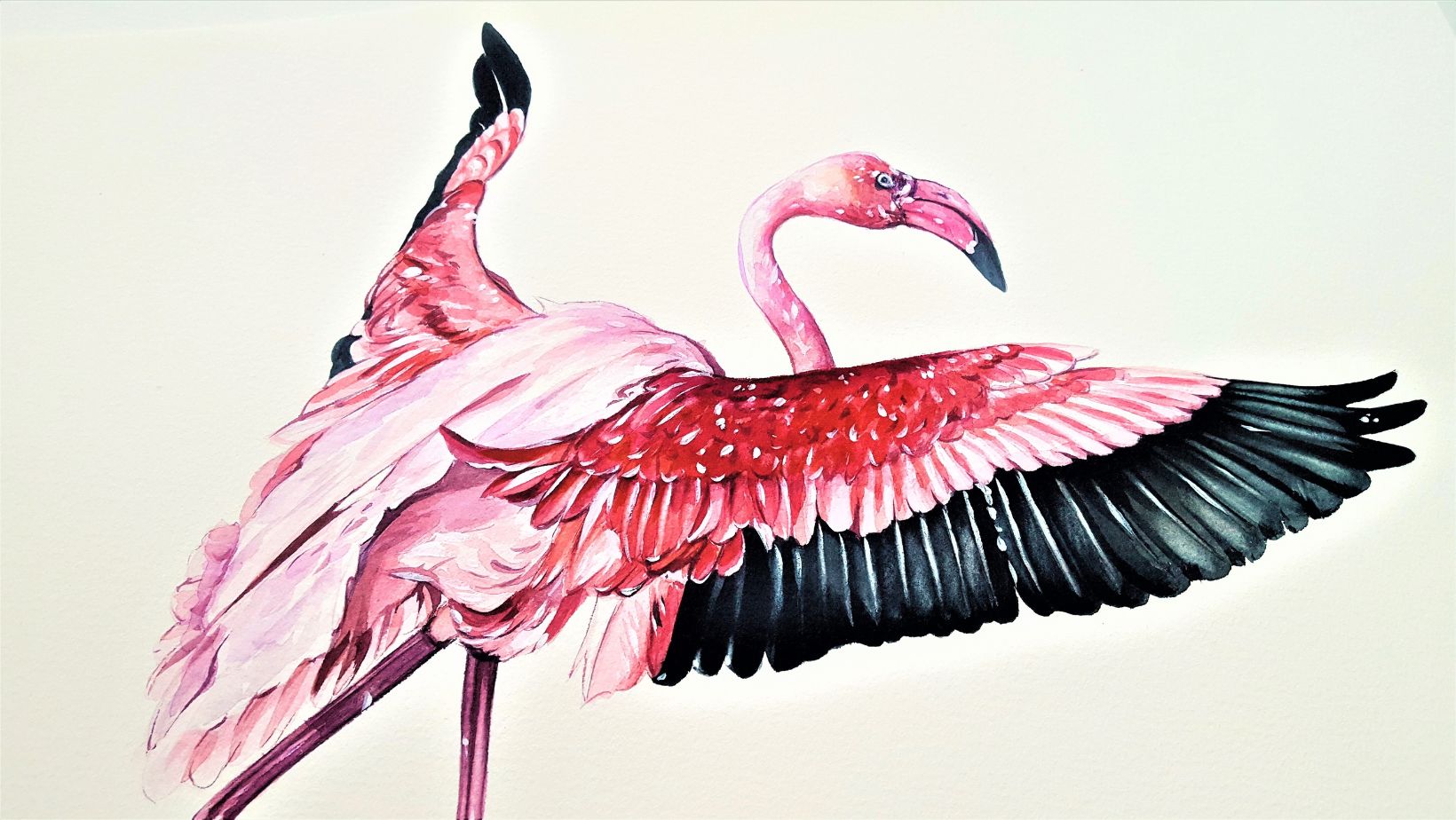 Color schemes in bird drawings often replicate the true-to-life hues found in species. Artists meticulously choose palettes to capture the vibrancy of plumage, as seen in Macaws or Cardinals. Patterns, like the speckled design on a Starling, introduce intricate dynamics. Artists opt for complementary colors to enhance contrast, making the subjects stand out vividly against varied backgrounds. Understanding avian coloration aids in selecting palettes that reflect their natural beauty, thus creating a more authentic portrayal.
Color schemes in bird drawings often replicate the true-to-life hues found in species. Artists meticulously choose palettes to capture the vibrancy of plumage, as seen in Macaws or Cardinals. Patterns, like the speckled design on a Starling, introduce intricate dynamics. Artists opt for complementary colors to enhance contrast, making the subjects stand out vividly against varied backgrounds. Understanding avian coloration aids in selecting palettes that reflect their natural beauty, thus creating a more authentic portrayal.
Use of Light and Shadow
Light and shadow play crucial roles in bird compositions by adding depth and dimension. Artists use light to highlight key features such as the curvature of wings, while shadows suggest depth in layered feathers. Through strategic shading, artists impart volume, capturing realistic anatomy and defining the bird’s placement within its environment.
The Artist’s Inspiration and Vision
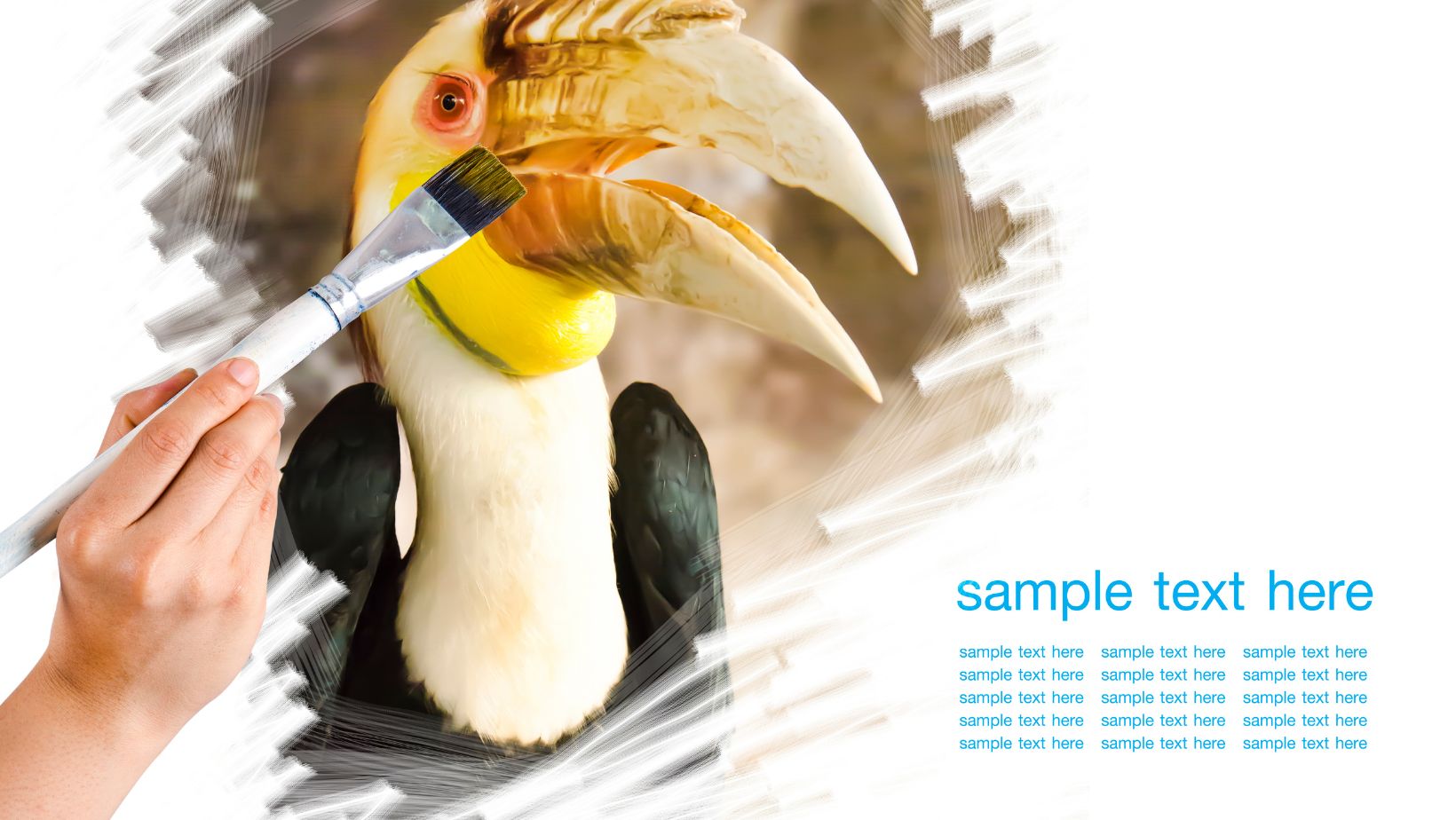 Artists often draw from nature’s diverse beauty, and birds serve as a profound source of inspiration. Their vibrant hues, delicate structures, and dynamic movements ignite creative passion. Capturing the essence of birds offers artists opportunities to explore harmony and balance within their compositions. Often, artists envision scenes where birds interact with their environment, emphasizing ecological relationships. This vision guides their choices in color, style, and composition.
Artists often draw from nature’s diverse beauty, and birds serve as a profound source of inspiration. Their vibrant hues, delicate structures, and dynamic movements ignite creative passion. Capturing the essence of birds offers artists opportunities to explore harmony and balance within their compositions. Often, artists envision scenes where birds interact with their environment, emphasizing ecological relationships. This vision guides their choices in color, style, and composition.
Studying aviary subjects deeply influences an artist’s perception, leading to refined techniques that express life and energy. They draw inspiration from the rich symbolism of birds, which represent aspects like freedom, grace, and transcendence. By understanding these attributes, artists infuse their work with deeper meaning, creating pieces that resonate with viewers. Additionally, researching different species’ behaviors inspires new artistic patterns and rhythms, fueling innovation and creativity.
